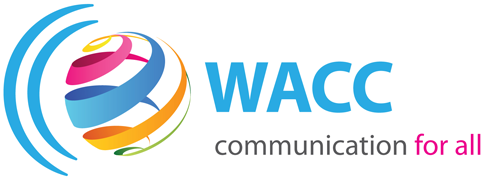14 Sep 2021 How digital era changed the notion of public space evokes lively debate at Berlin symposium
Presentation by Hon. Emma Theofelus, Deputy Minister of Information and Communication Technology, Namibia, at the international symposium on Social Justice in a Digital Age held in Berlin, Germany. Photo: Albin Hillert/WCC FRENCH SPANISH GERMAN Emma Theofelus, deputy minister of Information and Communication...












